Exploring The Olympic Peninsula: A First Time Visitor Guide
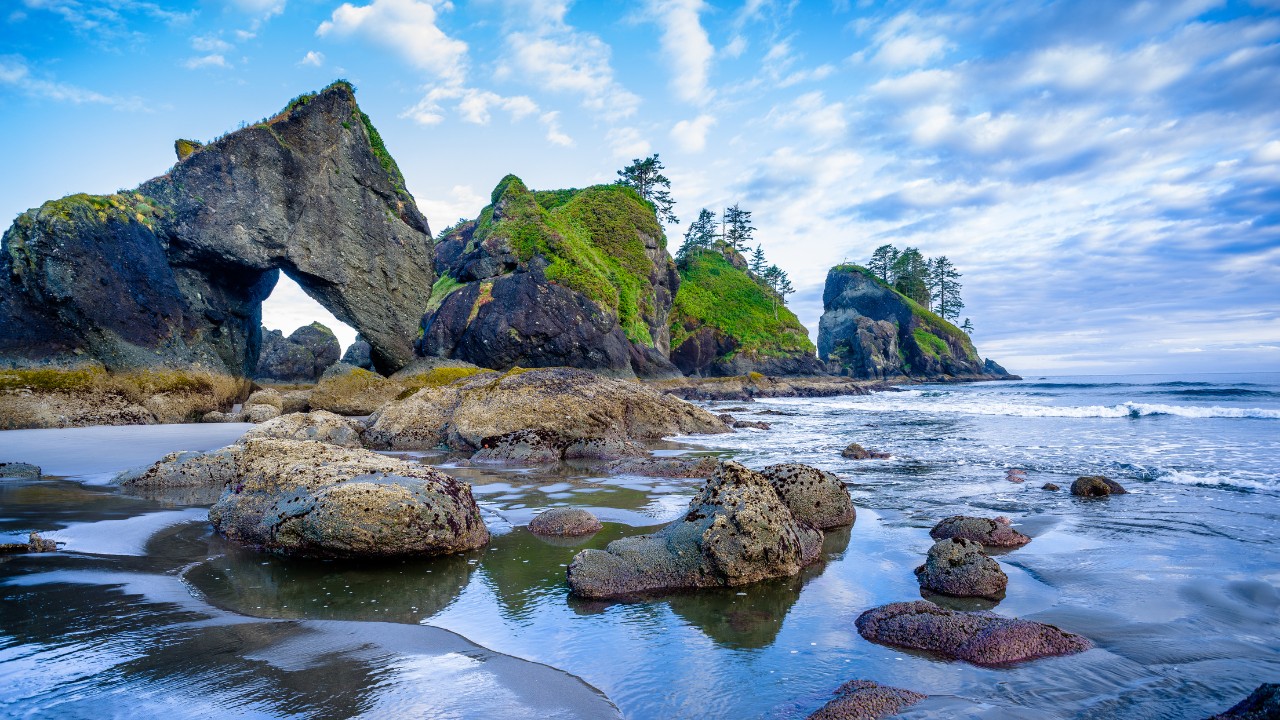
The Olympic Peninsula is a popular area for tourists to explore. It is located in the northwest area Washington State and is a popular gateway to Olympic National Park. The peninsula offers an array of outdoor activities, from hiking and beachcombing to wildlife spotting and soaking in hot springs. Whether you’re a nature enthusiast, photographer, or simply looking for a peaceful retreat, this guide will help you navigate the Olympic Peninsula for the first time.











Basic info:
- Name: Olympic Peninsula
- Location: Outer sections of Olympic National Park Washington
- Fee: Most areas are free, others cost $30 per car
- Things to do: Camping, hiking, scenic drives, sunsets (see top recommendations)
- Hotels: See top options
Best Times to Visit:
- Spring (March to May): Spring brings blooming wildflowers and cascading waterfalls, with temperatures ranging from 45°F to 65°F (7°C to 18°C). It’s a quieter season with fewer crowds, making it ideal for hiking and beach visits.
- Summer (June to August): Summer is the most popular season, with warmer temperatures ranging from 55°F to 75°F (13°C to 24°C) and minimal rainfall. This is the best time for hiking, camping, and visiting the beach. Arrive early, as popular spots can get crowded.
- Fall (September to November): Fall offers cooler temperatures, fewer visitors, and beautiful autumn foliage. Temperatures range from 40°F to 65°F (4°C to 18°C). Rain increases in late fall, but early September is still relatively dry.
- Winter (December to February): Winter brings frequent rain and cooler temperatures, from 35°F to 50°F (1°C to 10°C). Snow falls in higher elevations, making it an ideal time for snowshoeing and cross-country skiing. Rain gear is essential, as the Hoh Rainforest and coastal areas can be very wet. Also do note that many hikes, especially in the mountains are often closed due to heavy snowfall.
Photos:
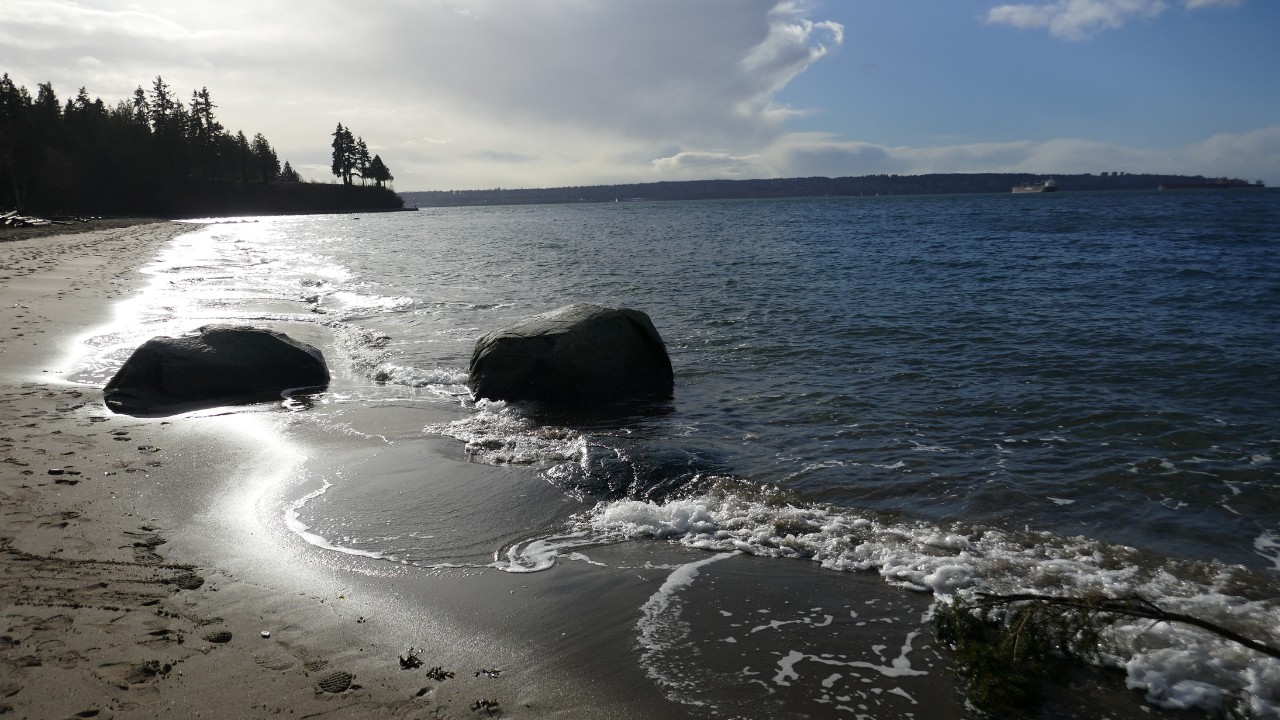
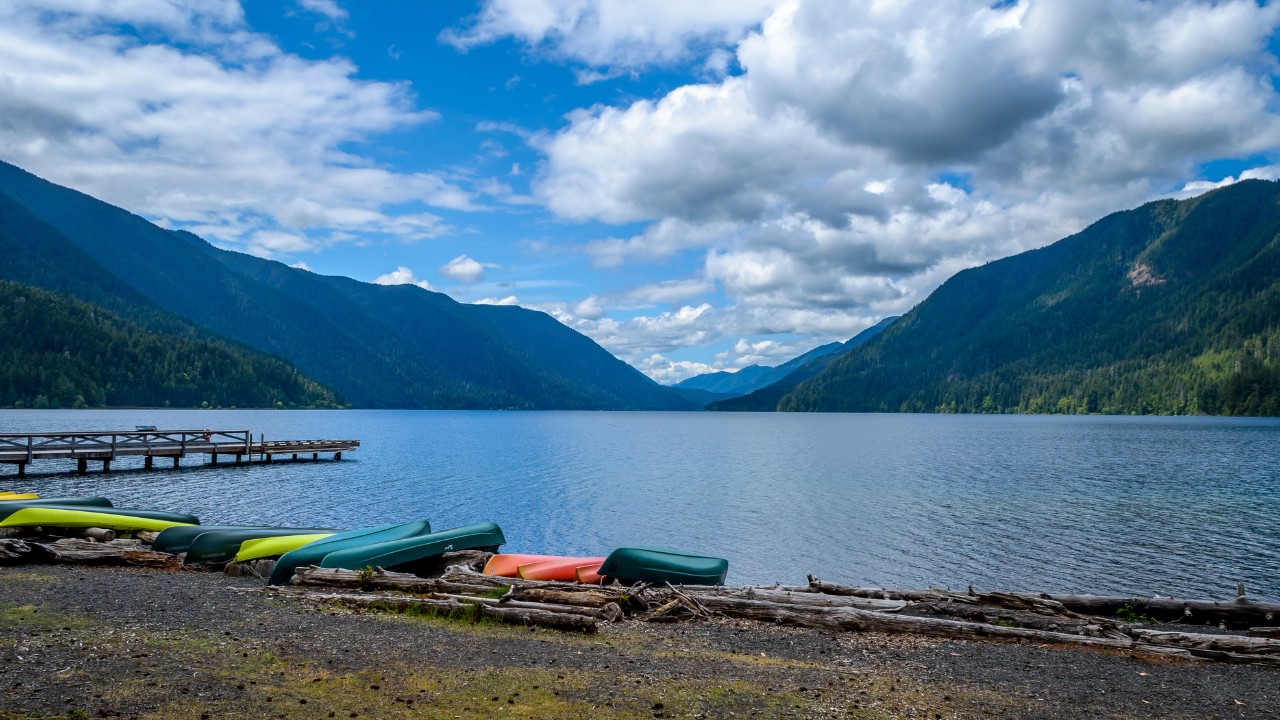
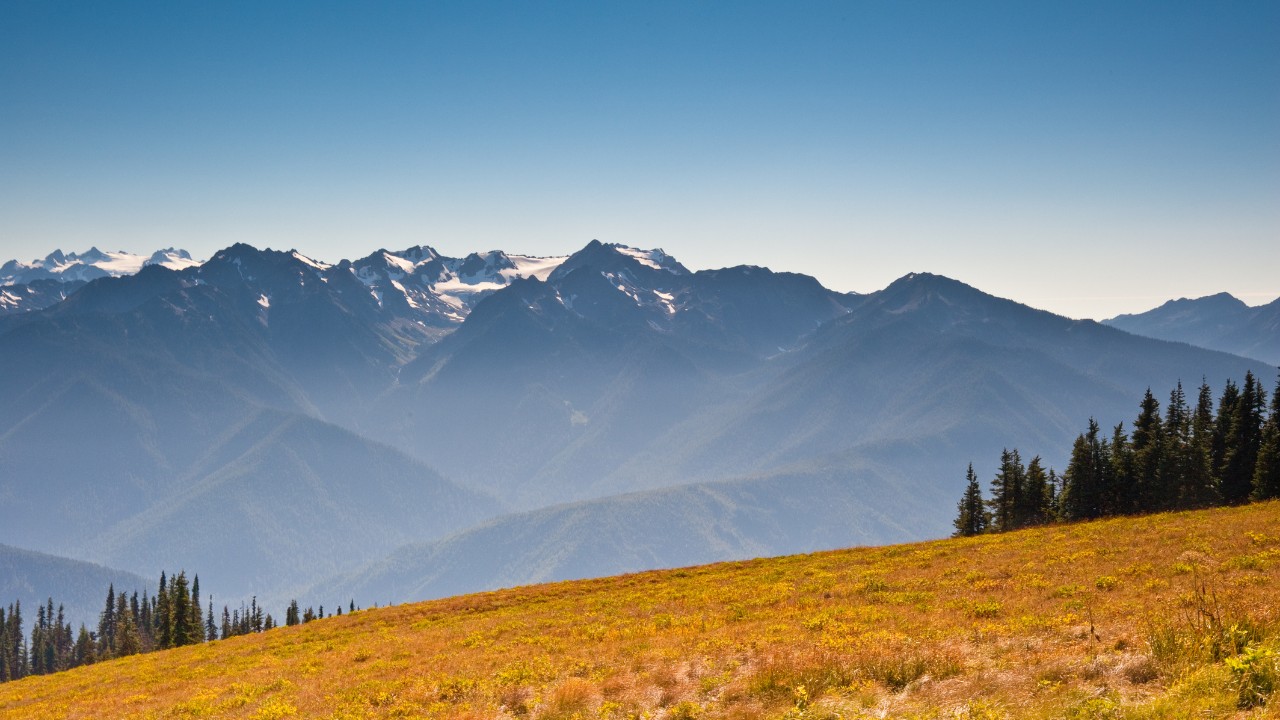
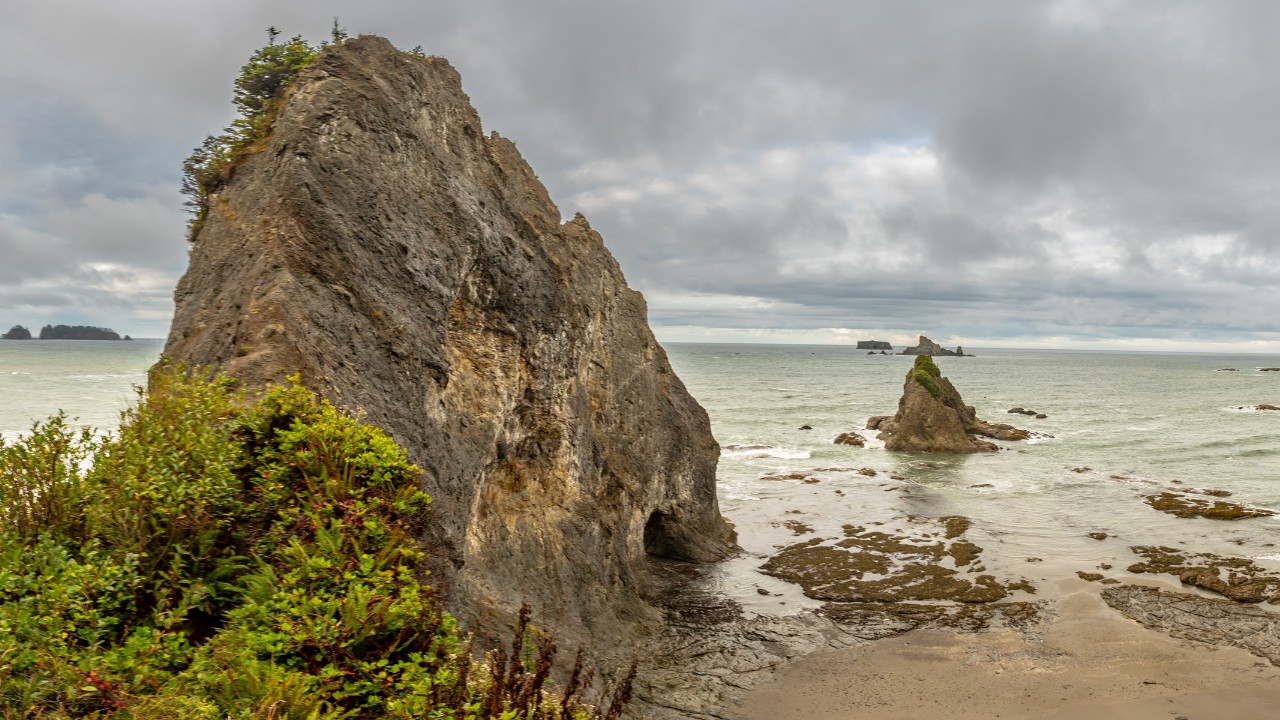

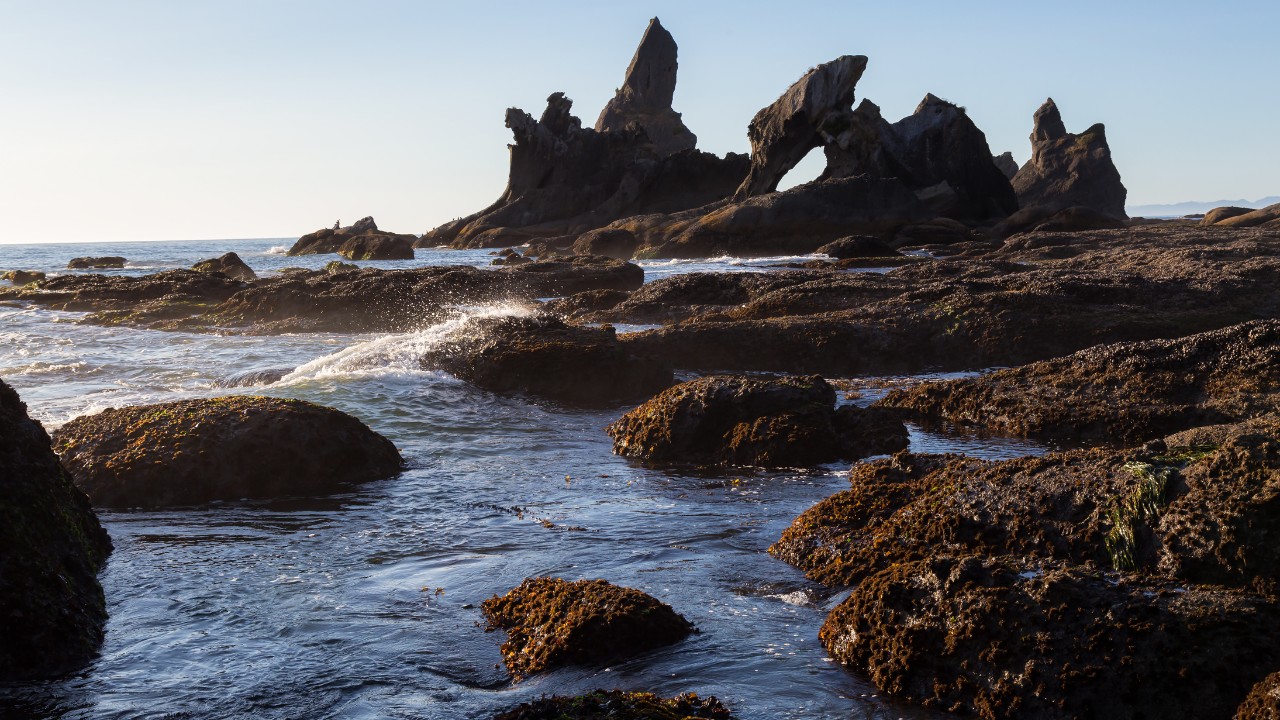
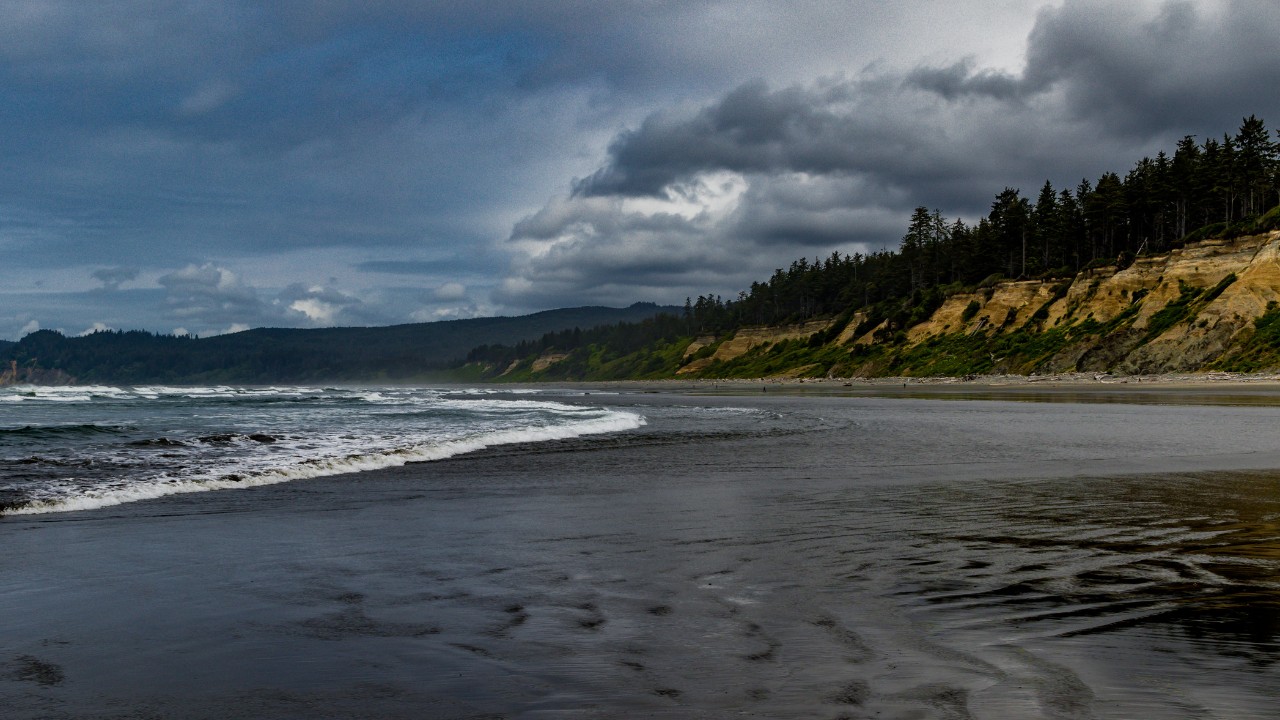

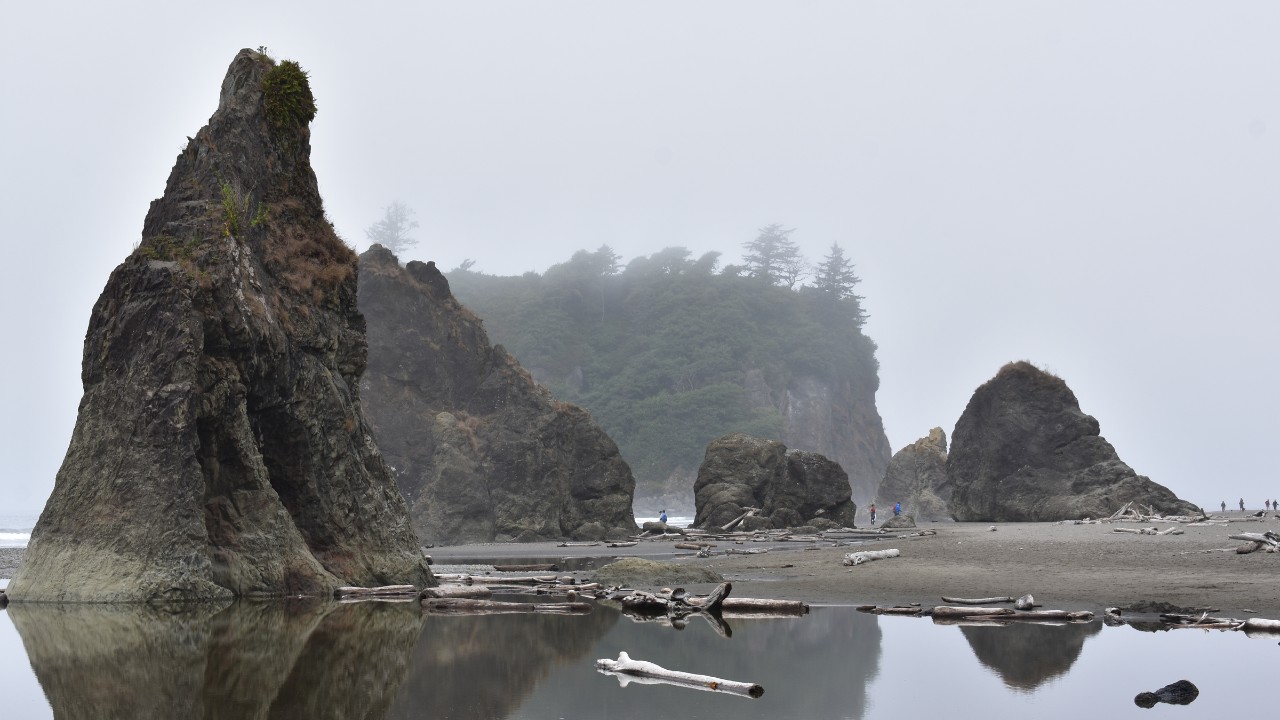
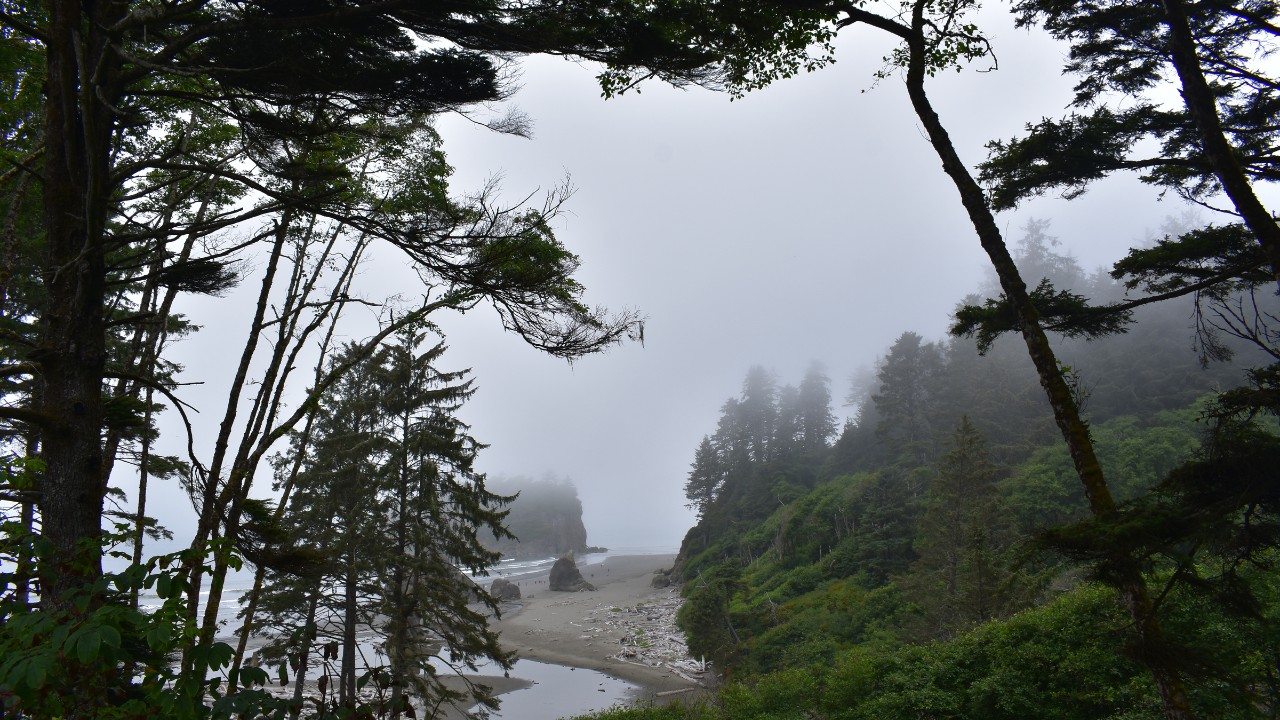
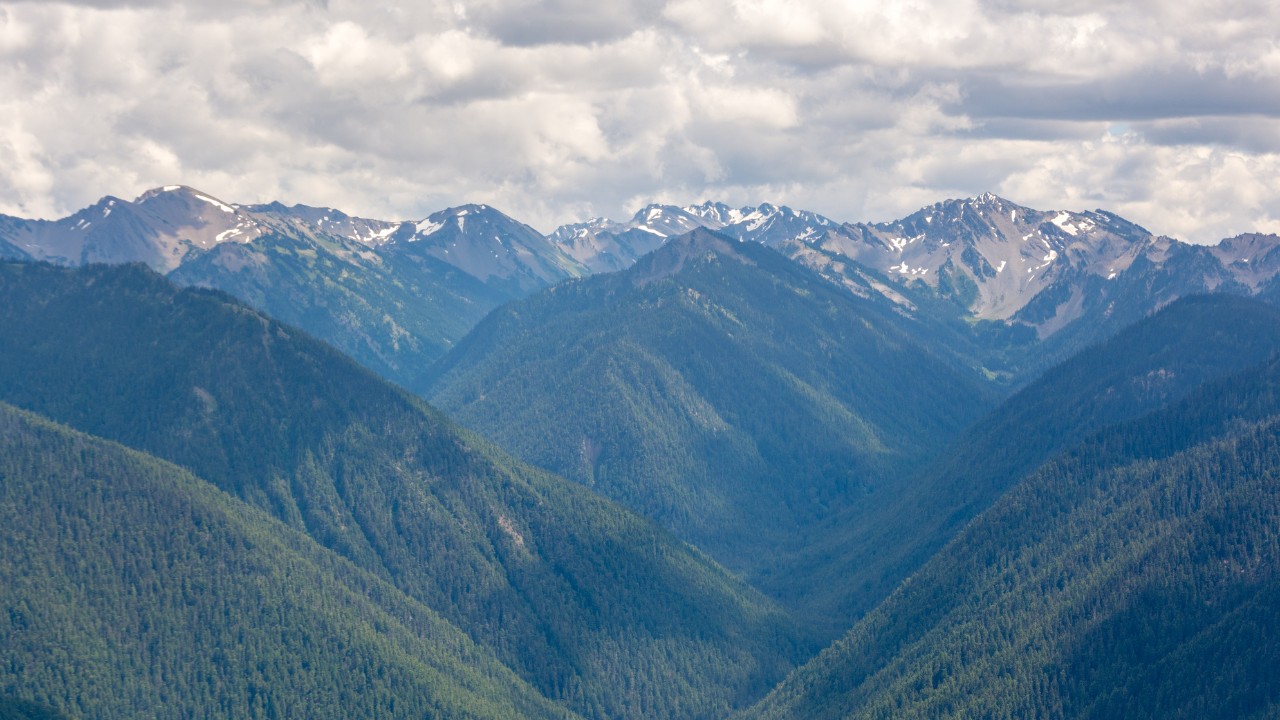
Top Attractions to Explore:
The Olympic Peninsula is packed with a wide range of landscapes, from alpine meadows and moss-covered rainforests to rocky shores and sandy beaches. Olympic National Park: Olympic National Park spans nearly 1 million acres, offering diverse ecosystems and scenic spots. Here are some of the most fun areas to explore throughout this park:-
- Hoh Rainforest: Known for its lush, moss-draped trees, the Hoh Rainforest is one of the most popular attractions in the park. The Hall of Mosses Trail is a short, easy trail through ancient forest landscapes, while the Hoh River Trail is a longer hike that offers solitude and views of glacial valleys.
- Hurricane Ridge: At nearly 5,200 feet, Hurricane Ridge provides panoramic views of the Olympic Mountains and is accessible year-round. In winter, it’s popular for snowshoeing and skiing, and in summer, there are several scenic hiking trails.
- Lake Crescent: A glacially-carved lake known for its clear blue water, Lake Crescent offers kayaking, swimming, and fishing, with nearby trails like Marymere Falls providing stunning waterfall views.
- Hikes: There’s tons of hikes in Olympic National Park to explore, some of which have been mentioned above, but because of it’s size and different access points, you can explore which trails are available depending on which end of the park you’re visiting.
-
- Rialto Beach: Located near the town of La Push, Rialto Beach is known for its dramatic sea stacks, driftwood-strewn shoreline, and scenic tide pools. Hole-in-the-Wall, a natural rock arch, is a must-see feature accessible via a beach hike during low tide.
- Ruby Beach: With sea stacks, tide pools, and vibrant sunsets, Ruby Beach is one of the most photogenic spots along the Washington coast. Be sure to explore the tide pools during low tide to observe colorful sea life.
- Shi Shi Beach: Located further north, Shi Shi Beach offers remote, wild beauty and incredible coastal views. It’s a 4-mile round-trip hike to the beach and is part of the Point of the Arches, which features stunning rock formations.
- More places to visit on the Washington Coast.
-
- Sol Duc Hot Springs: The Sol Duc Hot Springs Resort offers mineral hot spring pools open seasonally, perfect for a relaxing soak after a day of exploring.
- Sol Duc Falls Trail: This easy 1.6-mile round-trip trail leads to Sol Duc Falls, a picturesque triple waterfall set within an old-growth forest. It’s one of the most popular waterfall hikes in the park.
Activities:
Wildlife Viewing: The peninsula is home to a variety of wildlife, including black bears, elk, otters, bald eagles, and the Roosevelt elk. The best places to spot wildlife include:-
- Hoh Rainforest and Quinault Rainforest: Known for elk sightings.
- Lake Crescent and Hurricane Ridge: Great spots for birdwatching and occasional deer sightings.
- Coastal Areas: Keep an eye out for seals, sea lions, and tide pool creatures like starfish and anemones.
Tips:
- Check Tide Times for Beach Hikes: Many beaches are only accessible during low tide, so check tide tables before setting out, especially if visiting Hole-in-the-Wall, Shi Shi Beach, or Ruby Beach. Unexpected high tides can make coastal trails difficult or even dangerous to access.
- Arrive Early for Popular Spots: Olympic National Park’s main attractions can get crowded, especially in summer. Arrive early in the day to avoid crowds, secure parking, and enjoy a quieter experience.
Gear recommendations:
- Best rated waterproof socks
- Best rated hiking shoes for day hikes (men/women sizes available)
- Best rated hiking backpack for day hikes
- Best rated hiking pole for day hikes
Where to Stay:
- Port Angeles: As the largest town on the peninsula, Port Angeles is a convenient base for visiting Hurricane Ridge, Lake Crescent, and the Hoh Rainforest. Accommodations include hotels, inns, and vacation rentals. See hotels.
- Port Townsend: While not as close to the Olympic Peninsula, it offers a bunch of hotel choices and beautiful places to explore (it’s about 1 hour east of Port Angeles). See hotels.
- Camping: The park offers several campgrounds, including Hoh Campground (near the Hoh Rainforest), Mora Campground (close to Rialto Beach), and Heart O’ the Hills Campground (near Hurricane Ridge). Reservations are recommended for peak season.
